Summertime Food Safety Tips
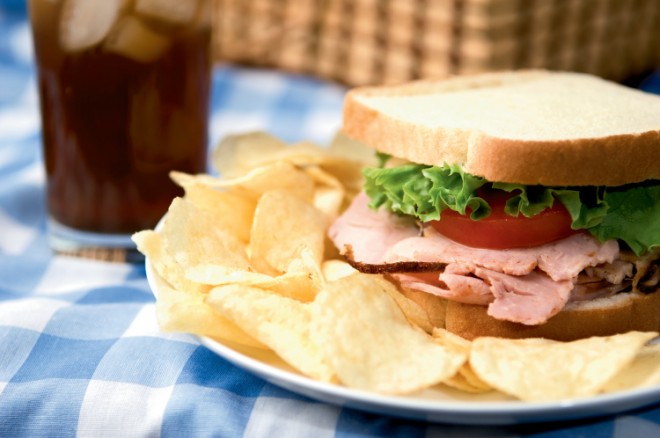
Barbecues, picnics and family reunions. Baseball, badminton and bike riding. Car trips and beach vacations. Plenty of sunscreen, food safety tips and science-based nutrition facts will keep things fun, pleasant, and positive this summer. There’s simply no room for fear, guilt and negativity in a jam-packed, delicious summer.
Food Safety for Picnics and Camping
Always pack your own soap, wet wipes, disinfectant wipes and water for proper hand washing to reduce risk of foodborne illness, and wash your hands before any food prep and cooking. That includes roasting marshmallows and making s’mores!
Pack coolers in reverse order by placing the items you’re least likely to use (or use last) at the bottom. Try to pack only the amount you will really use. Pack non-perishable foods in a separate bag/basket, so they don’t take up valuable space for adequate ice or reusable ice packs.
Pack a full cooler because it stays colder longer than a partially filled cooler, and if meats and poultry need to stay in coolers a long time before cooking, you can pack them frozen. Always make sure they’re wrapped tightly or in sealable containers. Pack a separate cooler for beverages because it’ll be opened far more frequently than the other cooler, causing greater temperature fluctuations.
Transport food coolers in the air-conditioned passenger area of your vehicle rather than a hot trunk, and keep coolers out of the direct sun. At the picnic area or campsite, place a thick blanket or tarp over the coolers. Never let food sit out of refrigeration longer than two hours. And if it’s really hot – 90 degrees or higher – food can only be out one hour before it needs to get back in the cooler/refrigerator.
Discard all perishable foods left in coolers if there is no longer sufficient ice.
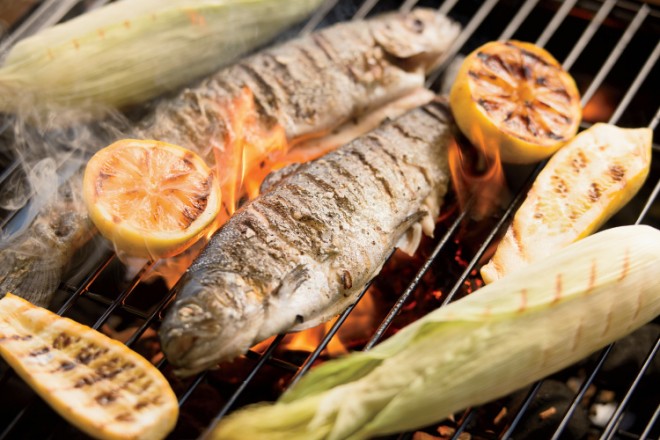
Grill Meats Safely
Whether you’re at a picnic, campsite or your backyard grill, always cook meats, poultry and fish to the proper temperatures to reduce risk of foodborne illness. Use a thermometer to ensure accurate, proper temperatures. Ground meats should be at 160 degrees; beef, pork, lamb, and veal steaks and chops at 145 degrees with a 3-minute rest period before cutting; and chicken, turkey and duck at 165 degrees. Fish should turn opaque and flake easily. One rule of thumb is 10 minutes for every inch of thickness.
Safe grilling also means minimizing consumption of black charred areas on meats, poultry and fish. Why? Because specific chemicals (HCAs and PAHs) are formed when these items are cooked at high temperatures over an open flame and can be mutagenic (that is, capable of inducing mutation or increasing its rate), leading to an increased risk of cancer. Plus, when the juices and fat drip onto the fire and cause flames (which contain PAHs), these flames may cause PAHs that adhere to the meat, poultry or fish. Notice I said minimize, not avoid or eliminate. If you prefer your meat charred, you might want to employ the moderation concept. Only eat charred meat a couple times during summer to reduce your risk of cancer.
Moderation, too, with higher-fat and calorie summer meats such as brats, sausages, hot dogs and ribs. Enjoy them, but grill leaner cuts of pork, beef and fish more often. Oh, and enjoy those meats on whole-grain buns with lots of fruits and vegetables, from tomato salsa, onion and pickles to hot peppers and cucumber, pineapple, corn or peach salsa.




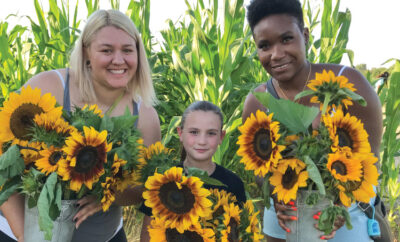
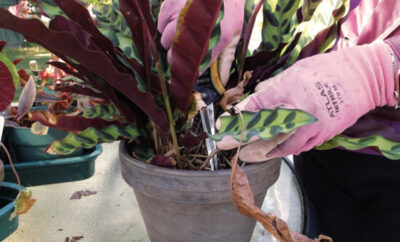
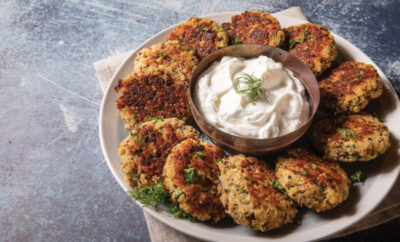


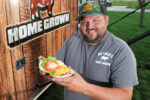
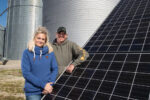


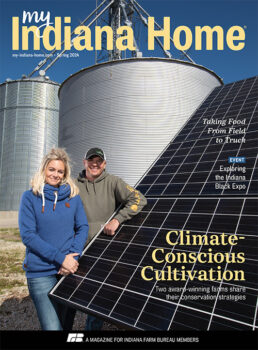 My Indiana Home is produced for Indiana Farm Bureau members. Our mission is to connect you with the food you eat, the Indiana farmers who grow it and a rural lifestyle that is uniquely Hoosier.
My Indiana Home is produced for Indiana Farm Bureau members. Our mission is to connect you with the food you eat, the Indiana farmers who grow it and a rural lifestyle that is uniquely Hoosier.
Leave a Comment